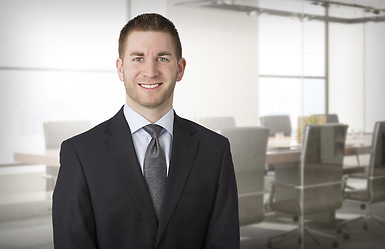In 2022, the National Labor Relations Board (NLRB) issued a decision in Thryv, Inc., 372 NLRB No. 22, greatly expanding the NLRB’s traditional concept of “make-whole relief” for employees who are the victims of an employer’s unfair labor practices to include “all direct or foreseeable pecuniary harm” caused by the employer’s practices. (See our previous update regarding this and other relevant cases here.)
Prior to Thryv, the NLRB was mostly constrained to awarding employees back pay and reinstatement in situations where they were unjustly terminated in violation of the National Labor Relations Act (NLRA). The 2022 decision, on the other hand, held that the NLRB’s “make-whole remedy” should now be interpreted to allow employees to be compensated not only for lost earnings and benefits but also for other significant financial costs, such as out-of-pocket medical expenses, credit card debt or other costs that are a direct or foreseeable result of the unfair labor practices.
On appeal, the Fifth Circuit Court of Appeals mostly vacated the NLRB’s Thryv order. The court did not address the merits of the NLRB’s expanded remedies, but appeared skeptical, referring to the “direct or foreseeable” standard as “a novel, consequential-damages-like” remedy. Since the Thryv decision, two other Courts of Appeals have ruled on the remedies issue. In December 2024, the Third Circuit held that the NLRB exceeded its statutory authority in its application of the expanded Thryv remedies. Just one month later, however, the Ninth Circuit in a 2-1 ruling created a circuit split when it held that the NLRB’s revised standard furthered the policy of the NLRA and was not an abuse of discretion. The Tenth Circuit is also expected to weigh in soon having recently heard oral arguments in a movie producer’s challenge to the Thryv standard.
Regardless of the outcome in the Tenth Circuit case, the diverging decisions by the Third and Ninth Circuits set up a conflict in the interpretation of the NLRB’s authority to order virtually limitless remedies to workers in unfair labor practice cases. The conflict will likely require the Supreme Court to step in — or the NLRB to overrule its Thryv decision under the new Trump administration. Until then, employers should be mindful of the possibility of these expanded remedies being ordered in any pending cases. This is especially true given the NLRB’s current lack of a quorum and inability to issue any new decisions, which can cause back pay and the related expanded remedies to continue to balloon.
If you have questions about these decisions, contact a member of our Labor Management Relations Group.



